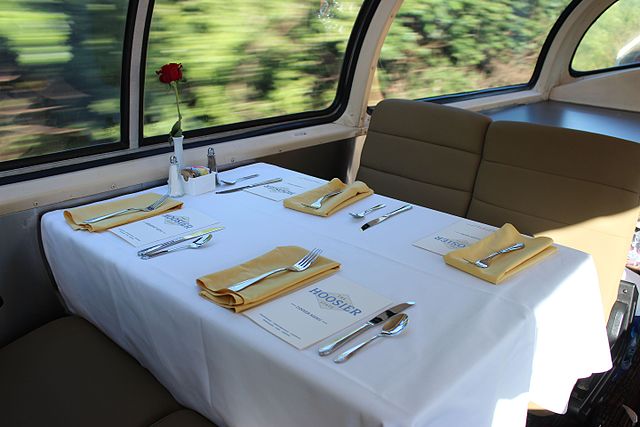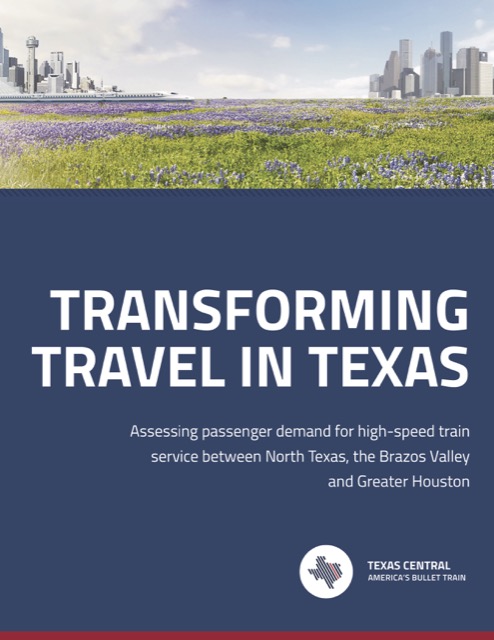Over at KiwiReport, a writer named Serena Carsley-Mann asks a good question: “Why do trains in America function so different from trains in Europe?” Unfortunately, she mistakenly thinks the problem is that “trains in America function so badly.”
In fact, America has the most efficient rail system in the world. It is European trains that function badly. The Antiplanner has discussed this before, but since writers like Carsley-Mann continue to get it wrong, it is worth repeating.
According to a Pew study, freight shipped by truck uses about ten times as much energy, and emits far more greenhouse gases, per ton-mile than freight shipped by rail (see page 2). Because rail cars weigh more, per passenger, than automobiles, rail’s comparative advantages for passengers are much smaller, and unlike trucks it will be very easy for cars to close the gap: a Prius with a average of 1.67 occupants, for example, is more energy efficient than almost any Amtrak train. Thus, to save energy, it is better to dedicate rail lines to freight rather than to passengers.









